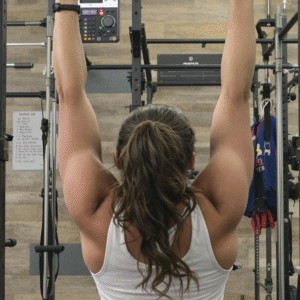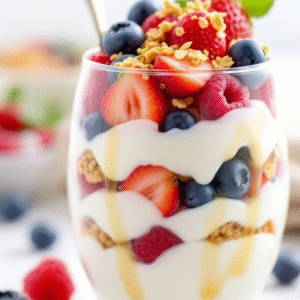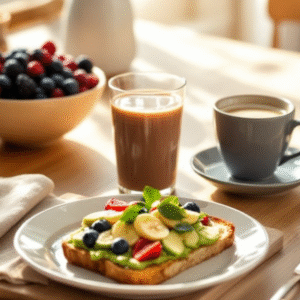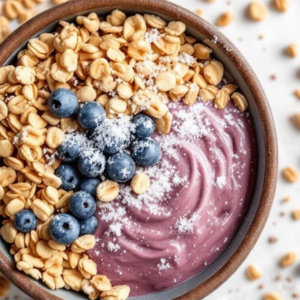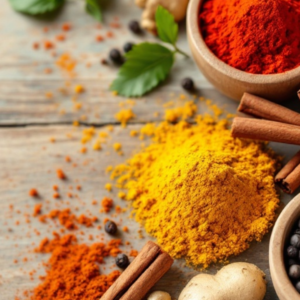
Grocery shopping can feel like a battlefield when you’re trying to stay on track with your weight loss goals. Tempting snacks, sugary drinks, and processed foods are strategically placed to lure you in. But with a solid plan, you can navigate the aisles like a pro and fill your cart with foods that fuel your weight loss journey. This guide will help you understand grocery store layouts, create a smart shopping path, and avoid common pitfalls.
The Psychology Behind Grocery Store Layouts
Most grocery stores are designed to maximize profits, not your health. Ever noticed how the essentials like milk or eggs are placed at the back of the store? This forces you to walk through aisles filled with impulse-buy products. Similarly, sugary snacks and candies are often near the checkout lines, making them hard to resist.
Understanding these tactics empowers you to shop smarter. With a clear strategy, you can focus on the zones that support your goals and avoid areas that derail your progress.
Strategic Grocery Shopping Path
To make the most of your grocery trip, follow this strategic path:
- Start at the Produce Section
- Fill your cart with colorful fruits and vegetables.
- Choose fiber-rich options like leafy greens, broccoli, and berries.
- Focus on whole, unprocessed foods that keep you full longer.
- Head to the Protein Section
- Prioritize lean proteins such as chicken breast, turkey, and fish.
- Stock up on plant-based proteins like lentils, chickpeas, and tofu.
- Avoid processed meats, which are often high in sodium and unhealthy fats.
- Dairy and Dairy Alternatives
- Opt for low-fat or fat-free options like Greek yogurt and skim milk.
- Look for unsweetened plant-based milk if you’re lactose-intolerant.
- Limit high-calorie cheeses and flavored yogurts.
- Whole Grains and Legumes
- Choose whole-grain bread, pasta, and rice.
- Add nutrient-dense options like quinoa, oats, and farro to your cart.
- Avoid refined grains and sugary breakfast cereals.
- Snack Smarter
- If you need snacks, go for nuts, seeds, or air-popped popcorn.
- Check labels for added sugars and unhealthy fats.
- Stick to pre-portioned packs to avoid overeating.
Tips for Staying on Track
- Plan Ahead: Create a shopping list before you go and stick to it.
- Eat Before Shopping: Never shop on an empty stomach; it increases impulse buys.
- Shop the Perimeter: Most fresh and whole foods are located around the store’s edges.
- Read Labels: Check for hidden sugars, sodium, and unhealthy fats in packaged foods.
- Use a Basket: If you’re shopping for a few items, use a basket instead of a cart to limit space for extras.
Danger Zones to Avoid
- End-Cap Displays: These often feature high-margin, processed foods.
- Middle Aisles: Stick to the outer edges of the store unless you need specific items.
- Checkout Lines: Avoid the candy and snack displays while waiting to pay.
- Free Sample Stations: These can tempt you to try (and buy) unhealthy items.
Printable Checklist for Smart Shopping
To make your trips even easier, here’s a simple checklist:
- Fresh vegetables and fruits
- Lean proteins (chicken, fish, tofu)
- Whole grains (quinoa, oats, brown rice)
- Low-fat dairy or alternatives
- Healthy snacks (nuts, seeds, popcorn)
- Spices and herbs for flavoring
Conclusion
Navigating the grocery store with a clear plan can make all the difference in your weight loss journey. By focusing on the outer aisles, sticking to a list, and avoiding temptation zones, you can set yourself up for success. Remember, every small choice adds up to significant progress. Happy shopping!
Please check out Weight Loss category here

